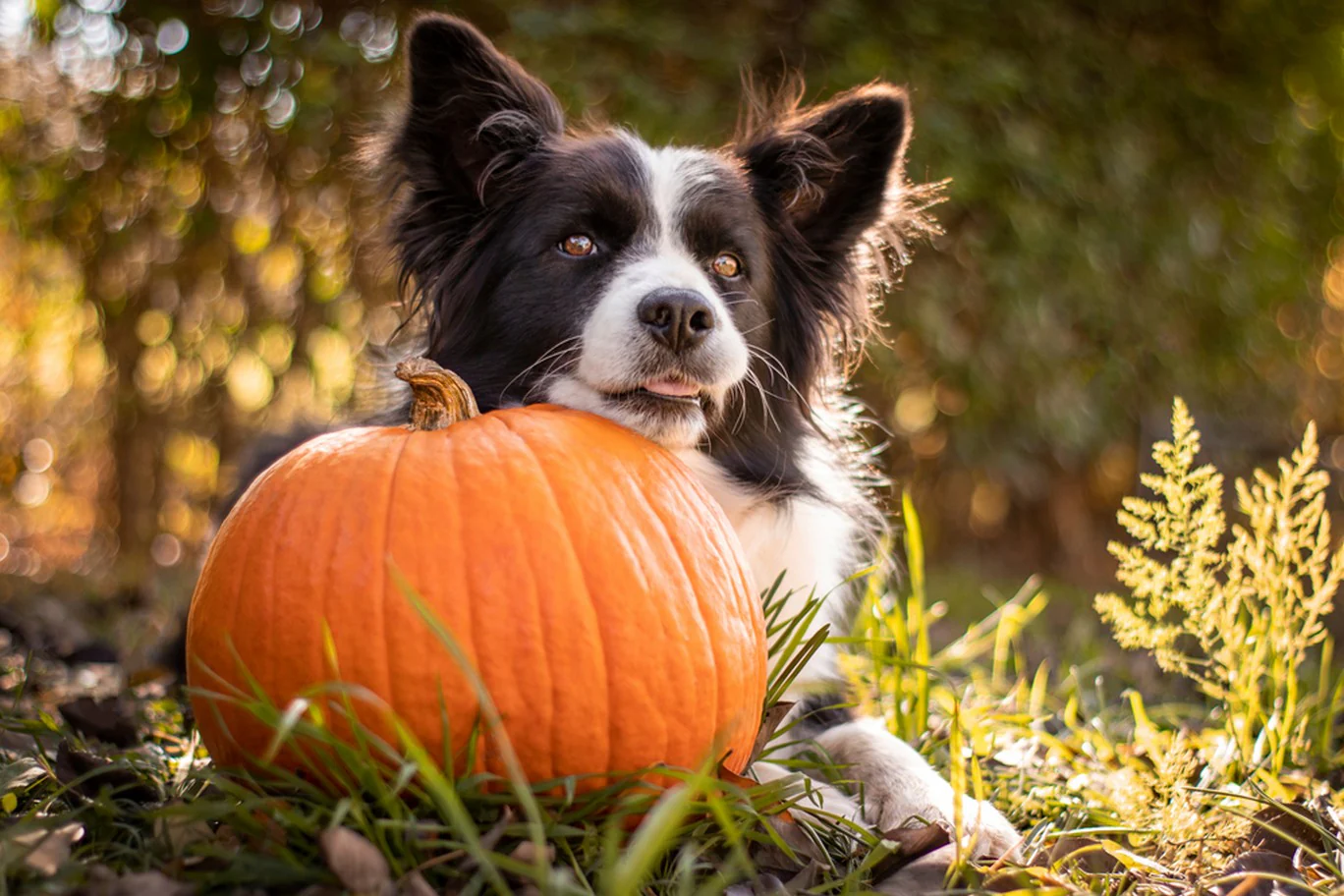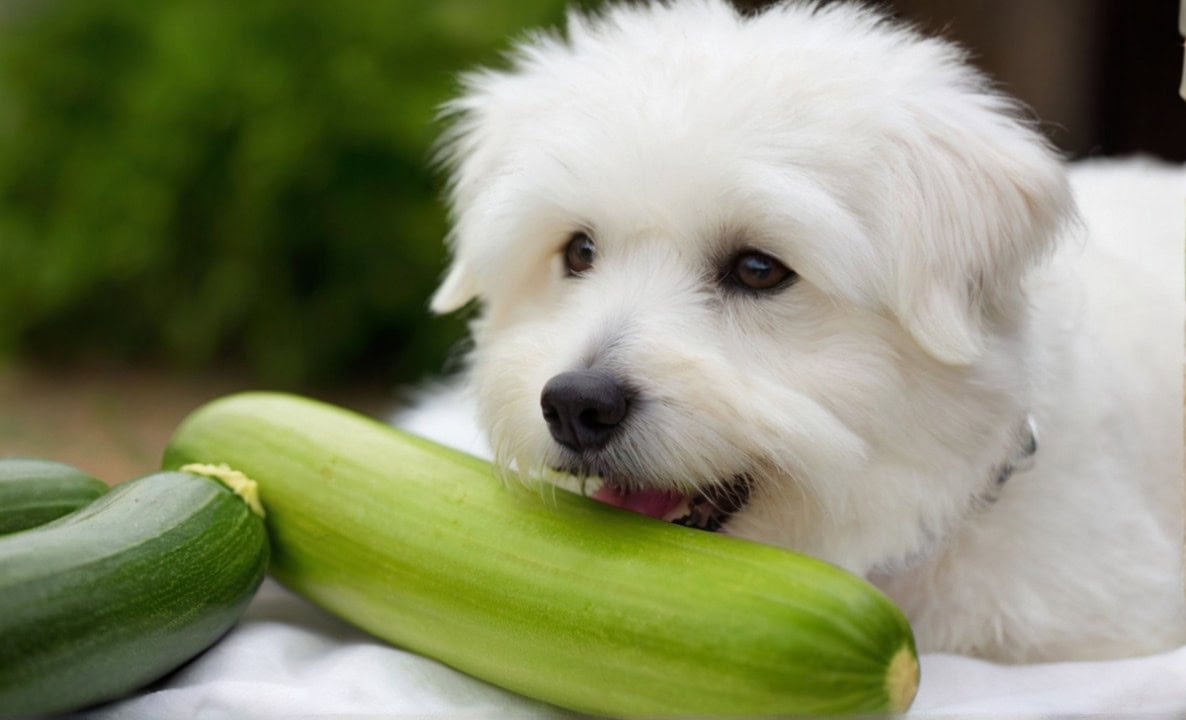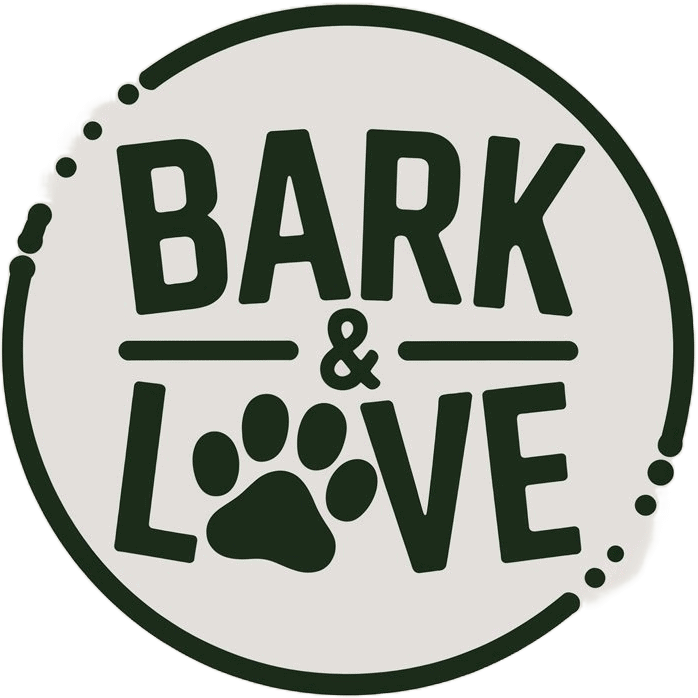When it comes to feeding our furry friends, we always want to provide the best nutrition possible. While commercial dog foods cover most of their dietary needs, adding vegetables can offer additional nutrients and variety to their meals.

Vegetables are packed with vitamins, minerals, and fiber that can improve digestion, boost immunity, and keep your dog healthy and happy.
However, not all vegetables are suitable for dogs. Some can cause digestive issues or other health problems.
The Top 13 Best Vegetables for Dogs
To help you make the best choices for your pup, we’ve compiled a list of the top 13 best vegetables for dogs, packed with benefits they’ll love.
-
Carrots
Carrots are a top choice for dogs. They’re rich in beta-carotene, which supports eye health, and high in fiber, which aids digestion.
Plus, they’re low in calories, making them an excellent snack for overweight dogs. Serve them raw as a crunchy treat or cooked for easy chewing.

-
Broccoli
In small quantities, broccoli is a fantastic addition to your dog’s diet. It’s loaded with vitamins C and K and provides lots of fiber.
Be sure to feed it in moderation, as too much broccoli can cause digestive upset due to its isothiocyanate content.

-
Spinach
Spinach is a nutritional powerhouse for dogs. It’s packed with iron, calcium, and vitamins A, C, and K, all of which are essential for bone health, immunity, and overall well-being.
Lightly steam it before serving to ensure better digestion and nutrient absorption.

-
Green Beans
Low in calories but rich in fiber, green beans are a great veggie option for dogs, especially if they need to lose weight.
Green beans also contain vitamins A, C, and K, which promote healthy bones and skin. You can serve them raw, steamed, or cooked, but avoid seasoning them with salt or oils.

-
Sweet Potatoes
Sweet potatoes are rich in dietary fiber, beta-carotene, and vitamins B6 and C. They’re great for digestive health and are often used in homemade dog treats.
Make sure to cook sweet potatoes thoroughly to soften them before serving.

-
Pumpkin
Pumpkin is a fantastic vegetable for dogs, especially for digestive issues. It’s full of fiber and contains vitamins A, E, and C.
Canned, unsweetened pumpkin puree is the easiest way to add it to your dog’s diet, but fresh, cooked pumpkin works just as well.

-
Peas
Peas, especially green peas, are a healthy source of vitamins A, K, and B, along with plenty of fiber and protein.
Frozen peas can be a fun treat for your dog, or you can lightly cook them to mix with their meals. Avoid canned peas, which often contain added salt.

-
Zucchini
Zucchini is low in calories and high in fiber, making it an excellent vegetable for dogs who need to watch their weight.
It’s also a good source of vitamins A and C. Slice zucchini into small, bite-sized pieces, and serve it raw or cooked.

-
Cucumbers
Cucumbers are a refreshing and hydrating snack, perfect for warm days. They’re low in calories and contain vitamins K, C, and B1, which can support healthy skin and energy levels.
Just make sure to cut them into manageable pieces to avoid choking hazards.

-
Celery
Celery offers vitamins A, C, and K, as well as folate and potassium. It can help freshen your dog’s breath and support heart health.
Be sure to chop celery into small pieces to prevent choking, and don’t overfeed, as too much fiber can cause stomach upset.

-
Brussels Sprouts
Brussels sprouts are rich in antioxidants and vitamins K and C, promoting a healthy immune system.
Steam or boil them lightly to make them easier to digest. But like broccoli, they should be given in moderation to avoid gas and bloating.

-
Cauliflower
Cauliflower is another vegetable that’s good for dogs in moderation. It’s low in calories and high in fiber and antioxidants.
Serve it cooked to make it easier for your dog to digest. Just remember that too much can cause gastrointestinal discomfort.

-
Bell Peppers
Bell peppers, particularly red ones, are full of vitamins A and C, which support a healthy immune system and vision.
They’re also low in calories and high in fiber. Remove the seeds and core, and cut them into small pieces for easy chewing.

How to Safely Serve Vegetables to Your Dog
When incorporating vegetables into your dog’s diet, there are a few important things to keep in mind:
- Moderation is key: Even healthy veggies can cause digestive problems if given in large amounts. Start with small portions and observe how your dog reacts.
- Cook when needed: Some vegetables are better served cooked to break down tough fibers and make them easier to digest. Avoid adding seasoning, oils, or butter.
- Chop them up: To avoid choking hazards, cut veggies into bite-sized pieces, especially for small dogs.
- Avoid harmful veggies: Not all vegetables are safe for dogs. Steer clear of onions, garlic, and leeks, which can be toxic to them.

Final Thoughts
Adding vegetables to your dog’s meals can provide essential nutrients, improve digestion, and even support weight management.
The key is to know which veggies are safe and how to serve them. By including a variety of these 13 best vegetables, you can give your dog a healthy boost and keep them happy for years to come.
Let us know which veggies your dog enjoys the most!
